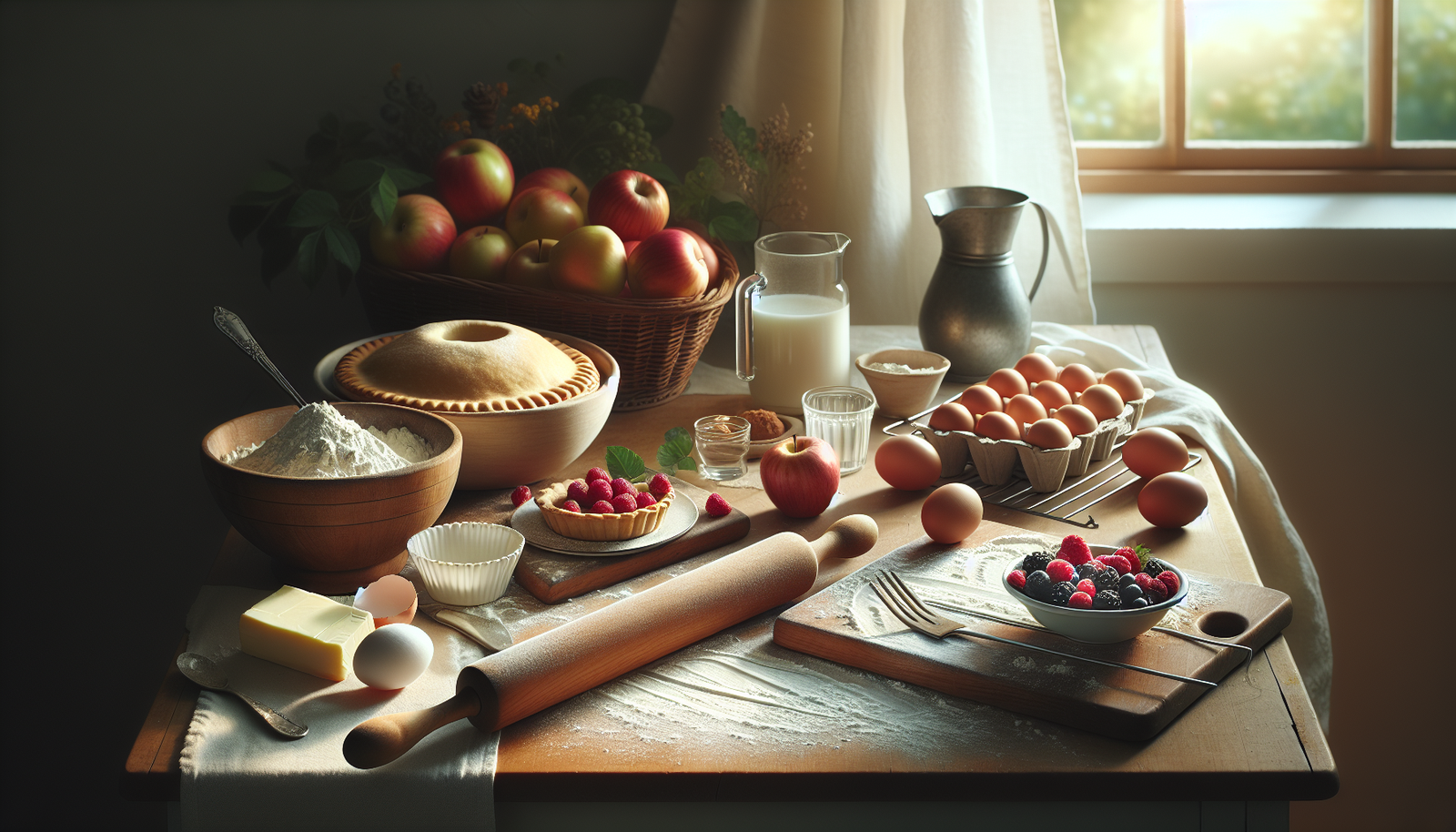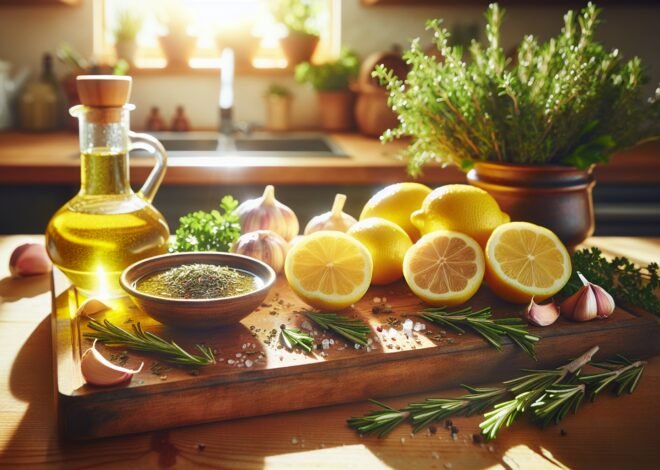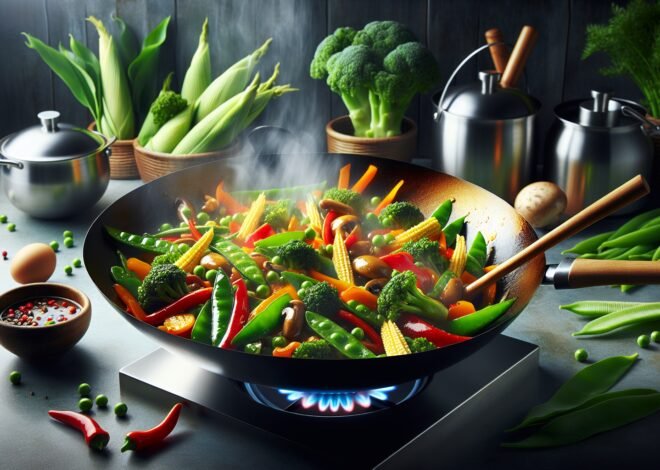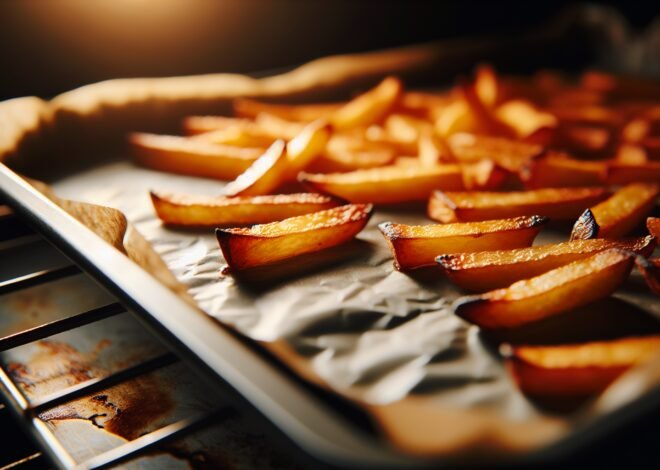
How to Make Pastry Dough for Pies and Tarts
Make pastry dough can be both relaxing and rewarding, leading to delicious homemade pies and tarts. Mastering this essential skill opens the door to a world of baking possibilities, transforming simple ingredients into buttery, flaky creations. This guide will walk you through the basics of creating tender and versatile pastry dough, highlighting crucial steps and common mistakes to avoid. Whether you’re a seasoned baker or a beginner, understanding the art of making pastry dough is key to delicious baked treats. Ready to elevate your baking game? Let’s dive into the essential techniques for crafting perfect dough.
Understanding Pastry Dough Basics
Pastry dough forms the foundation of countless desserts and savory dishes. It’s an art and science, each type of dough offering unique textures and flavors. Whether you’re making a flaky pie crust or a tender tart shell, understanding the basics is crucial. Let’s explore everything from what pastry dough is to the essential ingredients that make it perfect.
What is Pastry Dough: A Beginner’s Guide
Pastry dough is a simple yet versatile blend of flour, fat, and water. Its magic lies in the process. When mixed and baked, these basic ingredients transform into a delicious, textured base for various fillings. There are several types, each with distinct characteristics. Mastering pastry dough opens a world of culinary possibilities, from delicate tarts to hearty pies.
Different Types of Pastry Dough for Pies and Tarts
Pastry dough comes in several varieties, each suited for different recipes. Shortcrust pastry is ideal for pie crusts, known for its crumbly texture. Puff pastry delivers layers of flakiness, perfect for vol-au-vents and turnovers. Choux pastry, light and airy, is used for eclairs and profiteroles. Understanding these differences helps in selecting the right dough for your dish.
Essential Ingredients for Perfect Pastry Dough
Creating perfect pastry dough requires quality ingredients. Flour provides the structure, with all-purpose or pastry flour being common choices. Fat, such as butter or shortening, adds richness and flakiness. Water binds the dough, but too much can lead to toughness. Sometimes, a little sugar or salt is added for flavor. Each component plays a vital role in achieving the desired texture.
Step-by-Step Guide to Making Pastry Dough
Making pastry dough can seem intimidating, but with the right approach, it becomes a rewarding experience. This guide will walk you through each stage, ensuring your dough turns out perfect every time. From preparation to rolling, every step matters in creating that perfect pie or tart base.
How to Prepare Your Ingredients for Pastry Dough
Proper preparation is key to successful pastry dough. Start by chilling your ingredients, especially the fat. Cold butter ensures a flaky texture. Weigh your flour for accuracy, and have ice water ready to control moisture. This meticulous approach sets the stage for a dough that’s easy to handle and bakes beautifully.
Techniques for Mixing and Kneading Pastry Dough
Mixing and kneading determine the dough’s texture. Begin by cutting the fat into the flour until the mixture resembles coarse crumbs. Add water gradually, mixing until the dough holds together. Avoid over-kneading; it should be just enough to bring the dough together. This technique ensures a tender crust with just the right amount of flakiness.
Tips for Rolling and Shaping Pastry Dough
Rolling and shaping requires a gentle touch. Lightly flour your surface to prevent sticking. Roll the dough from the center outward, turning frequently to maintain an even thickness. If cracks appear, patch them gently. For pies, leave a slight overhang to trim or crimp. This attention to detail ensures a professional-looking finish.
Troubleshooting and Enhancing Your Pastry Dough
Even seasoned bakers encounter issues with pastry dough. Understanding common problems and their solutions can enhance your baking success. Whether you’re dealing with soggy bottoms or tough crusts, this section offers insights into troubleshooting and taking your pastry dough to the next level.
Common Pastry Dough Mistakes and How to Avoid Them
Common mistakes include overworking the dough and using too much water. Each leads to undesirable textures. Prevent these by handling the dough minimally and measuring ingredients precisely. If your dough is too sticky or dry, adjust with a little flour or water. Avoiding these pitfalls ensures a satisfying baking experience.
How to Achieve the Perfect Texture in Pastry Dough
Achieving the perfect texture involves balancing ingredients and technique. For flakiness, ensure your fat remains cold until baking. For crispness, bake the dough at the right temperature. An egg wash can enhance color and texture. Experimenting with these elements can lead to your ideal pastry consistency.
Flavor Enhancements and Variations for Pastry Dough
Adding flavor to pastry dough can elevate your dish. Incorporate herbs like rosemary for savory pies, or a touch of vanilla for sweet tarts. Nuts or spices can be folded into the dough for added texture and taste. These variations provide unique twists, taking your pastry dough from basic to extraordinary.
Conclusion
The process of making pastry dough involves combining flour, butter, water, and salt. Cold ingredients are crucial to avoid melting the butter, ensuring a flaky texture. The butter is cut into the flour until the mixture resembles coarse crumbs. Water is added gradually to bring the dough together without overmixing. The dough is then chilled before rolling out to rest the gluten and enhance flakiness.
FAQ
How do you make pastry dough from scratch at home?
To make pastry dough from scratch, start by mixing all-purpose flour with cold, cubed butter. Use a pastry cutter to blend until the mixture resembles coarse crumbs. Gradually add ice water, mixing gently until the dough holds together. Wrap the dough in plastic wrap and chill it before rolling out.
What are the key ingredients needed for homemade pastry dough?
The essential ingredients for homemade pastry dough include all-purpose flour, unsalted butter, salt, and cold water. Some recipes might include sugar or egg yolk for added richness.
How can I ensure my pastry dough is flaky and buttery?
For a flaky and buttery texture, keep both the butter and water as cold as possible. Avoid overmixing the dough to prevent the butter from melting. Chilling the dough before rolling it out helps retain the flakiness.
What are the common mistakes to avoid when making pastry dough?
Common mistakes include overmixing the dough, not chilling it before rolling, and adding too much water. These errors can lead to tough or soggy pastry crusts.
Can pastry dough be prepared in advance and stored for later use?
Yes, pastry dough can be prepared ahead of time. Wrap it tightly in plastic wrap and store in the refrigerator for up to two days, or freeze it for up to a month. Thaw frozen dough in the fridge before using.
How do you achieve the right consistency for pastry dough?
The right consistency occurs when the dough holds together without being sticky. If it’s too dry, add a little more water. If too wet, sprinkle in some flour. Aim for a smooth dough that is easy to roll out.











